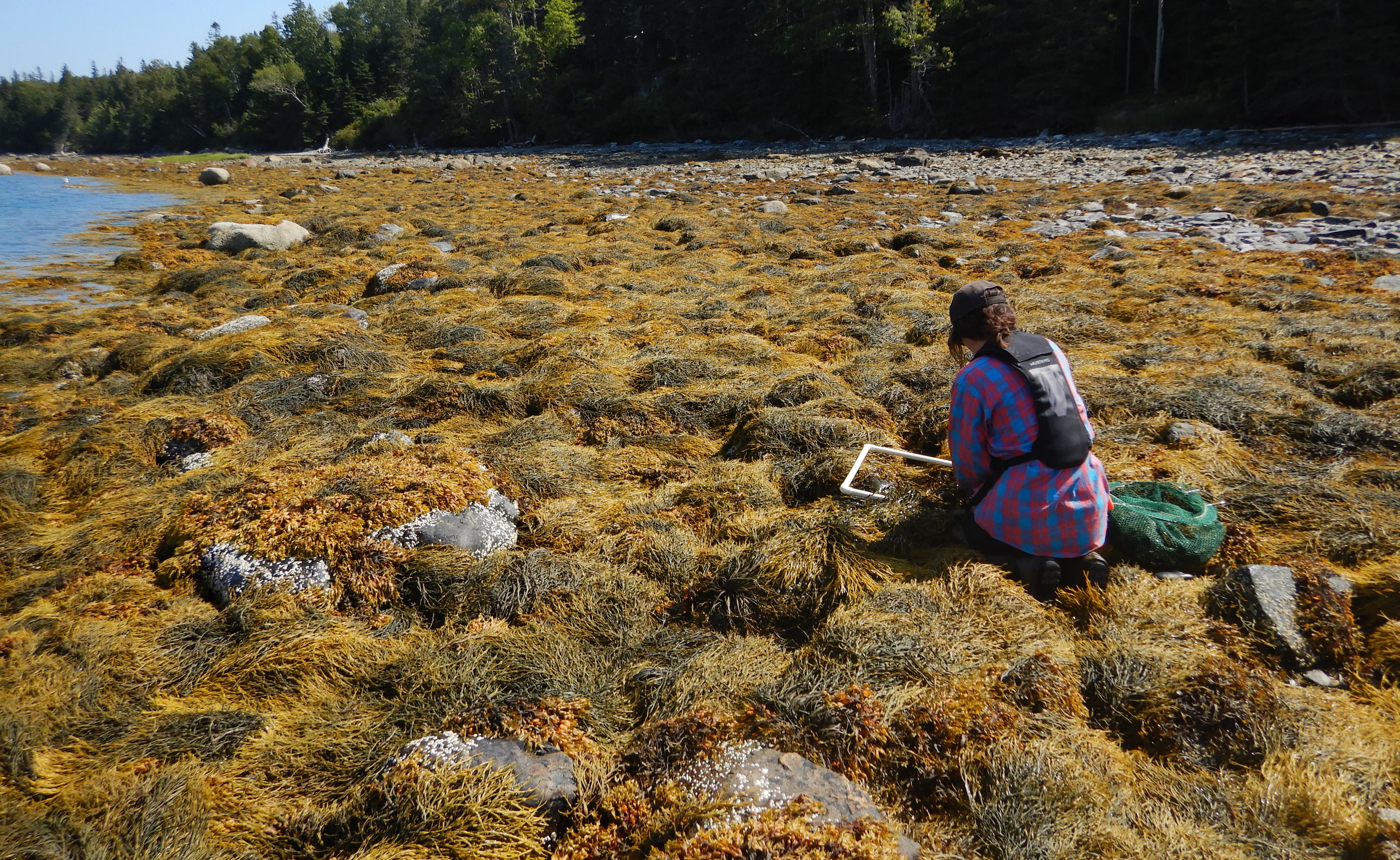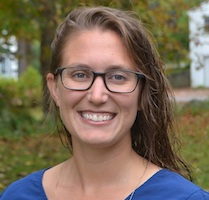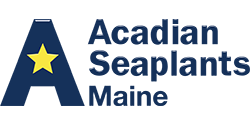
 If you read our last post you know Acadian Seaplants has a resource biologist here in Maine (that’s me!). My job, as part of our resource science team, is making sure that we are managing the Ascophyllum nodosum (rockweed) sustainably. You’ve probably heard us say that we harvest 17% of the biomass, but what does this mean? And how do we calculate it? Well, that’s where I come in!
If you read our last post you know Acadian Seaplants has a resource biologist here in Maine (that’s me!). My job, as part of our resource science team, is making sure that we are managing the Ascophyllum nodosum (rockweed) sustainably. You’ve probably heard us say that we harvest 17% of the biomass, but what does this mean? And how do we calculate it? Well, that’s where I come in!
To determine 17% of the harvestable biomass we first need to determine the total biomass in an area. We do this through a combination of satellite imagery and ground truthing techniques. Using GIS software, we can use satellite imagery to calculate the area of rockweed within a harvesting location. We then visit the rockweed beds and conduct transects (lots and lots of transects!) to determine the biomass that can be harvested. During our visits to the rockweed beds we can also determine what beds cannot be harvested because of gear limitations, safety or economic reasons – if a bed cannot be harvested it is excluded from our calculations. Using the area and measured biomass we can calculate the total harvestable biomass within each harvesting location and we harvest up to 17% of that biomass annually.
I have a lot of area to cover this summer and will be getting started on the first of many transects as soon as the rockweed has shed its reproductive receptacles, which occurs between mid-May and early June. Luckily, I will have some help! Our summer field assistant is a recent graduate of Unity College and will be joining our Maine team for the summer. So if you see us out walking on the seaweed beds (just like my parents always warned me not to do – they were right, it is SLIPPERY) – come say hi, or shout hello from the safety of dry ground!
